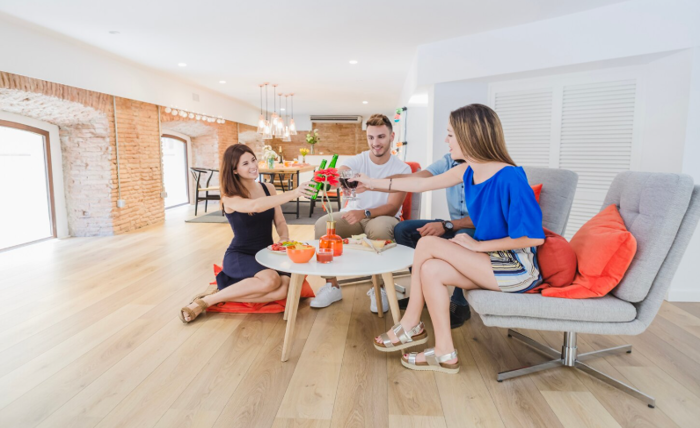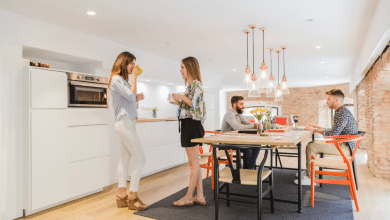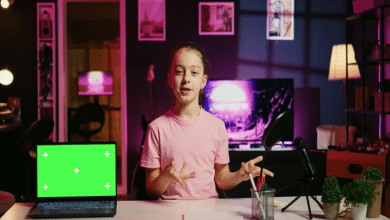
Open-concept design has become the hallmark of modern homes, blending style with functionality in ways that encourage togetherness. By removing barriers between the kitchen, dining, and living areas, these spaces invite people to move freely and connect more naturally during gatherings. They offer a sense of openness that makes even small homes feel larger, while also making it easier for hosts to remain part of the conversation instead of being tucked away in another room.
In this article, experienced interior designers for entertainment spaces share insights on how to design open living areas that are both beautiful and practical, turning your home into the ultimate hub for family and friends.
1. Creating a Natural Flow Between Rooms
The foundation of any open-concept design is smooth movement. Guests should be able to wander easily between the kitchen, dining, and living areas without feeling blocked or confined. Eliminating unnecessary walls and barriers creates visual unity, making each area feel connected yet distinct.
Strategic zoning through furniture placement, rugs, or subtle lighting differences helps define spaces without cutting them off. For example, a couch can create a boundary for the living area while still allowing conversation to extend into the dining space. This flow keeps the energy of the gathering continuous and lively.
2. Choosing a Statement Kitchen Island
In most modern entertaining layouts, the kitchen is the focal point. A large island not only provides prep and serving space but also acts as a natural gathering spot. Guests tend to congregate where food and drinks are served, so making the island functional and stylish sets the tone.
Counter seating with comfortable stools encourages interaction, while integrated storage or hidden appliances keep the island clutter-free. The surface itself, whether quartz, marble, or wood, can double as a design feature that ties the whole room together.
3. Layered Lighting for Every Occasion
Lighting plays a critical role in how an entertaining space feels. Overhead fixtures may illuminate the whole room, but layered lighting adds depth and adaptability. Chandeliers, sconces, pendant lights, and recessed lighting all work together to create different moods.
For lively parties, brighter lighting ensures visibility and energy. For intimate dinners, dimmers and warm-toned bulbs create a cozy atmosphere. Smart lighting systems even allow homeowners to adjust settings with a touch, making it easy to transition between moments.
4. Flexible Seating Arrangements
An open-concept space must accommodate both small gatherings and larger crowds. Modular furniture, sectional sofas, and accent chairs can be rearranged to suit the occasion. Thoughtful placement allows for eye contact and easy conversation, no matter where someone is seated.
It’s also worth balancing comfort with sophistication. Plush seating makes guests feel at ease, while elegant finishes and fabrics elevate the overall aesthetic. A mix of both ensures the space looks refined yet remains approachable.
5. Incorporating Indoor–Outdoor Connections
Entertainment doesn’t have to be limited to the interior. Large sliding doors, glass walls, or bi-fold panels create a seamless transition between indoor and outdoor areas. Guests can move effortlessly between the living room and patio, extending the capacity of the space.
This connection also brings in natural light, fresh air, and a sense of openness that makes gatherings feel larger and more relaxed. Outdoor kitchens, fire pits, or lounge areas add another layer of functionality, giving hosts multiple options for entertaining.
6. Personal Touches That Spark Conversation
Finally, the details make a space memorable. Displaying curated art, family heirlooms, or custom-built furniture adds personality that guests will notice. These elements often serve as conversation starters, turning the home itself into part of the experience.
Even small choices, like unique tableware or statement lighting fixtures, can set the tone for how people remember your gatherings. Thoughtful design ensures that your entertaining space doesn’t just look impressive but also feels warm, inviting, and unmistakably yours.





